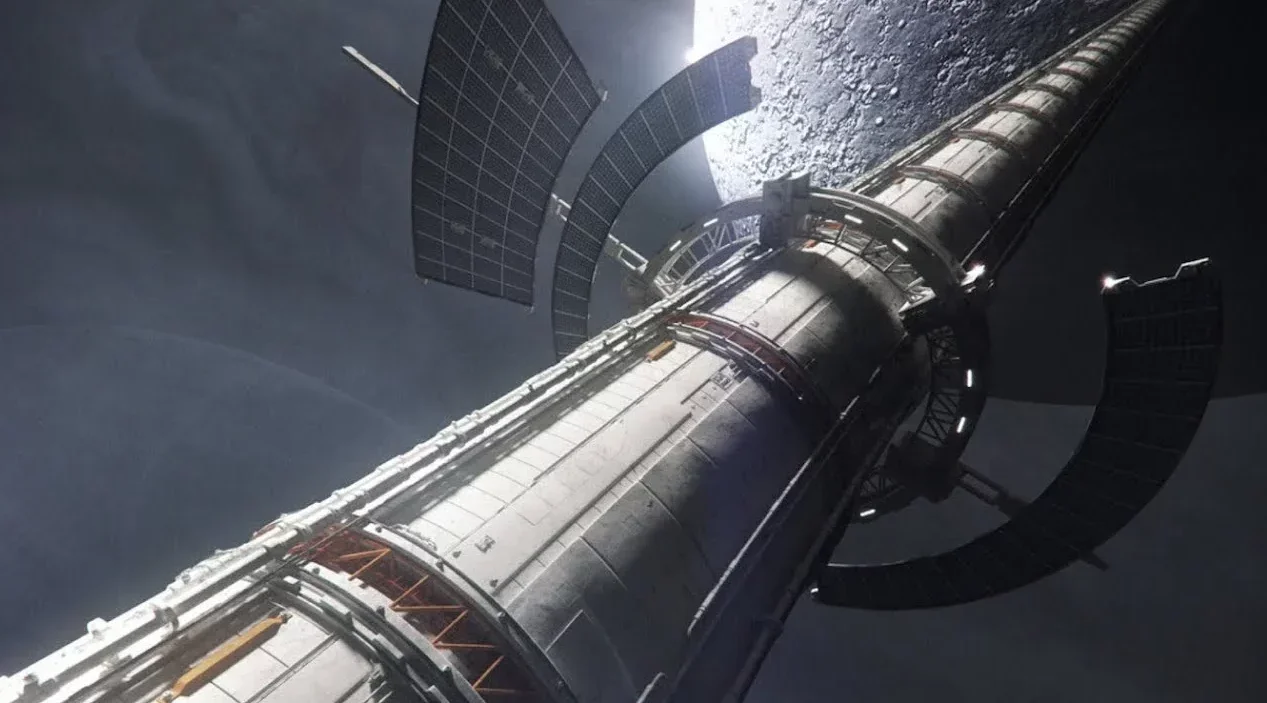Brighter Side of News
1M
305

Image Credit: Brighter Side of News
A space elevator to the Moon is now within reach thanks to modern technology
- Researchers have proposed a lunar space elevator concept called the 'spaceline' that could drastically reduce the cost of space travel.
- Traditional rocket launches are costly due to the need for propellant, while a space elevator would utilize a cable extending from Earth to the Moon for fuel-free transport.
- Past limitations of material strength for a space elevator may be overcome by attaching the cable to the Moon rather than Earth, reducing tension forces.
- The spaceline concept utilizes the Lagrange point, where gravity from Earth and the Moon cancels out, making it feasible with current high-strength materials.
- The estimated cost of constructing the lunar space elevator would be comparable to other large-scale missions, offering a more cost-effective means for lunar exploration.
- The spaceline would open up opportunities for safe access to the Lagrange point, ideal for scientific endeavors and technological developments.
- Potential projects at the Lagrange point include space-based telescopes, particle accelerators, gravitational wave detectors, and launch stations for deep-space missions.
- By reducing costs and complexities associated with space travel, the spaceline could accelerate the establishment of a permanent human presence in space.
- The concept of a lunar space elevator is not just a futuristic dream but a tangible solution grounded in current technology, offering vast possibilities for space exploration.
- The spaceline could pave the way for a new era in space travel, enabling endeavors from lunar bases to interplanetary missions and serving as a gateway to the next frontier.
Read Full Article
18 Likes
For uninterrupted reading, download the app